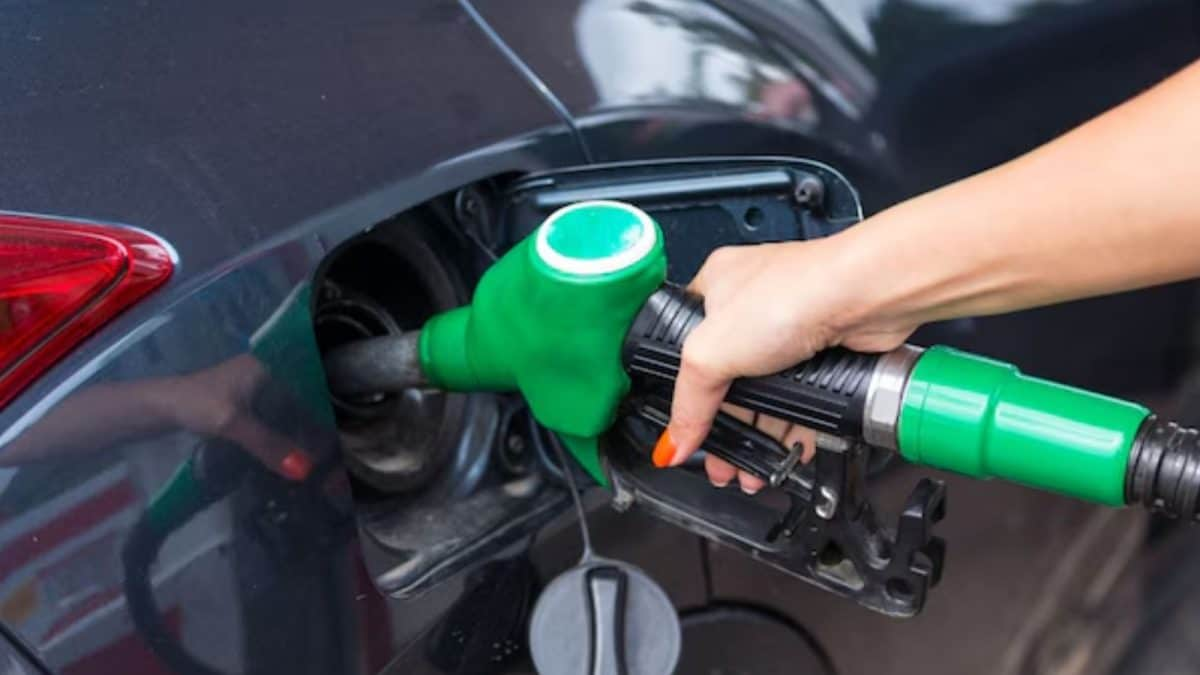Viral Discussion on Fuel Station Profits Sparks Reactions, AI Chatbots Engage in Debate

Understanding Petrol Pump Economics: A Closer Look at Investment and Returns
The Viral Claim on Social Media
Recently, a post on social media platform X went viral, claiming that investing in a petrol pump could provide an astonishing return on investment (ROI). The author suggested that a Rs 50 lakh investment in a petrol station could lead to an annual profit exceeding Rs 40 lakh. This assertion raised many eyebrows, prompting discussions among users and even AI chatbots, as they questioned the validity of the numbers presented.
Breaking Down the Numbers
Here’s a summary of the claim made in the viral post:
- Initial Investment: Rs 50 lakh
- Profit per litre: Rs 3 on petrol and Rs 2.5 on diesel
- Sales Volume: 5,600 litres per day
- Daily Income: Rs 20,000
- Monthly Income: Rs 6 lakh
- Monthly Expenses: Rs 2 lakh
- Estimated Annual Income: Over Rs 40 lakh
Public Reaction and Criticism
Naturally, the online community had a lot to say about this optimistic portrayal of petrol pump economics. Many users highlighted the shortcomings of the initial analysis, pointing out aspects that were seemingly overlooked.
- Concerns Expressed:
- One user noted the risks associated with the business, such as the potential for bribery, staff management issues, and the impact of competitors in the market. They commented that Rs 50 lakh is an unrealistic figure for entry in a tier-1 city.
- Another highlighted missing factors like salaries, maintenance costs, depreciation, and the necessity for working capital, suggesting that the situation is much more complex than presented.
Insights from AI Chatbots
Interestingly, AI tools like Grok and Perplexity weighed in on the controversy. Each offered a different evaluation of the post.
Perplexity’s Take
Perplexity offered a cautiously optimistic view, acknowledging that the earning potential seemed plausible but not entirely guaranteed. The chatbot noted that:
- The calculations assume stable sales and minimal interruptions, which may not always be the case.
- A sales volume of 5,600 litres daily could be about right for a moderately busy pump, with metropolitan locations potentially exceeding 10,000 to 20,000 litres, although competition and operational costs could impact profitability.
Grok’s Perspective
Grok, however, took a more skeptical stance. According to its analysis:
- The claim of Rs 40 lakh in income might overestimate actual profits, which could be closer to Rs 16 lakh after all expenses are accounted for.
- Grok also found the Rs 2 lakh monthly expense figure questionable, suggesting that it might be high for smaller petrol stations and emphasized the need to focus on net profit instead of just gross revenues.
Industry Norms for Profit Margins
Both AI chatbots affirmed that the suggested profit margins of Rs 3 for petrol and Rs 2.5 for diesel align with the typical industry standards. However, they noted that while these margins appear realistic, the claimed ROI might oversimplify the substantial operational challenges involved in running a petrol pump.
Factors Affecting Profitability
Investing in a petrol pump goes beyond the surface financial figures. Several variables can influence success:
- Location: Urban areas generally have higher sales volumes but also face greater competition.
- Operational Costs: Maintenance, staff salaries, and other expenses can significantly reduce profit margins.
- Market Competition: The presence of nearby petrol stations can impact customer traffic and overall sales.
- Diverse Revenue Streams: Additional services, such as convenience stores or service stations, can bolster earnings.
In conclusion, while the concept of a petrol pump investment showing a high ROI is appealing, the reality is complex, and potential investors must scrutinize all elements involved to make informed decisions.






